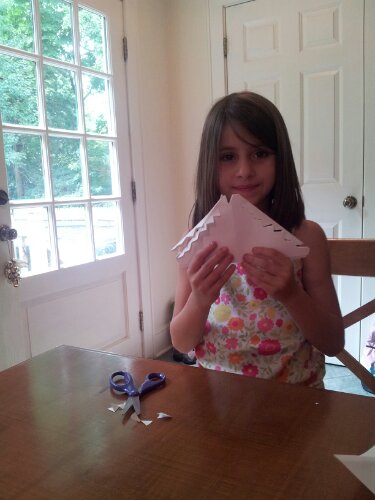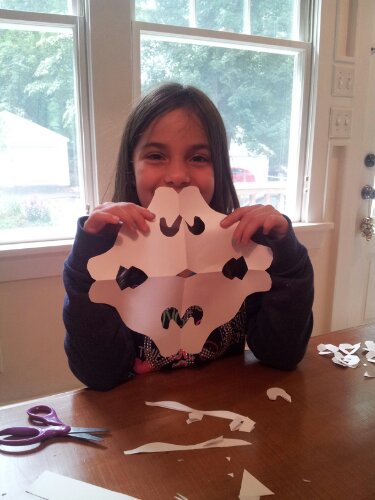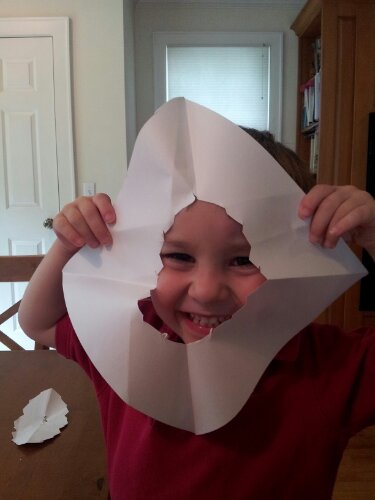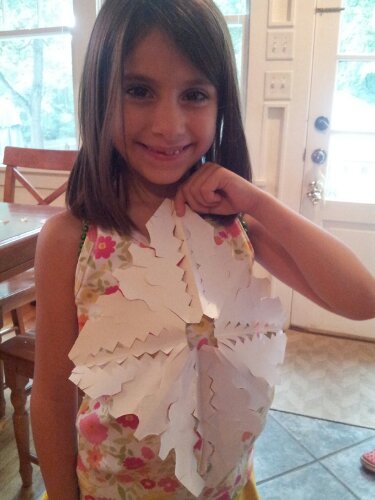At the start of this journey seven weeks ago we read a lot about the earliest Americans, the native people, and how they learned to survive by living in harmony with the land. With so many modern conveniences today it’s hard for the kids to relate to the dangers and obstacles that young native Americans faced every day. But reading about the brutal cold of Antarctica reminds us how dangerous the natural elements can be and we learn about many explorers who did not survive the Antarctic climate. The scientists who spend time there for research have to be very careful in order to stay safe and warm.

Originally we had planned to make snow globes as our craft project this week, but we quickly learned that very little snow actually falls in Antarctica (with less than 2 inches of precipitation a year, it’s technically a dessert!). The large amounts of ice and snow there are the accumulation of thousands of years of snow that has not been able to melt. From the book Snow Amazing we learn about the stages of snow development, from dust particle in the air, to ice crystal in the clouds, to snow flake as it falls to the ground. Glaciers: Ice on the Move teaches us how that snow flake if it survives one summer without melting and has lost at least half of its air becomes Firn. From there it turns to an Icy Grain and eventually, with less than 20% air it becomes Glacial Ice. According to the book, it can take fern as much as 3,500 years to become glacial ice in Antarctica, because of the extreme cold and lack of snowfall, whereas the process can occur inside of 50 years in Alaska where the temperature varies a lot more.

In place of snow globes we cut out some simple snow flakes. We see several examples of real snow flakes magnified. And think they are so interesting to look at.

While real snowflakes are almost always 6-sided symmetrical shapes, ours are a bit different! We start by folding a square piece of paper twice over into a triangle.
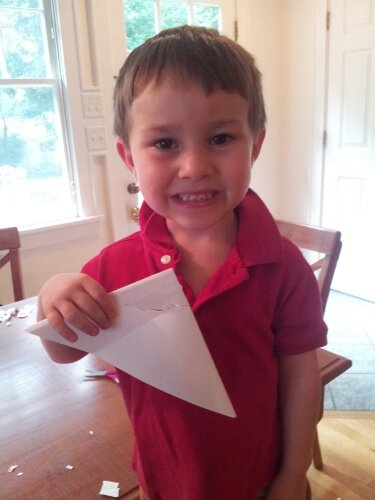
The kids come up with their own patterns as they cut shapes out of the sides.
AZ adds zig zag lines to hers.
CZ finds a mustache in hers!
HZ decides to cut along the inside instead of the outer edge!
The finished project…
Since this is our last installment, CZ has decided that she would like to write a part of the blog today. (Great job CZ!) Here it is:
We decide to focus on the cold climate of Antarctica for our last week of Globe Scouts. We turn to the book Life Under Ice by Mary M. Cerullo to find out more about Antarctica’s freezing cold water. As we flip through the book we find a topic that grabs our attention, Why Doesn`t The Ocean Freeze? We find out that the temperature of Antarctica`s water is around 29 F and water turns to ice at 32 F, so why doesn’t it freeze?? We start brainstorming ideas of why it doesn`t freeze. After a few ideas AZ thinks it might be because the ocean water is salt water. When we look at the book again we see that FRESH water freezes at 32F and SALT water freezes at 28 F. The salt gets in the way of the water molecules joining to form ice. After that we think what would it be like to swim in the water there? Then we wonder what it would be like to go to Antarctica? And finally we come up with our creative writing. What Would You Pack If You Went To Antarctica?
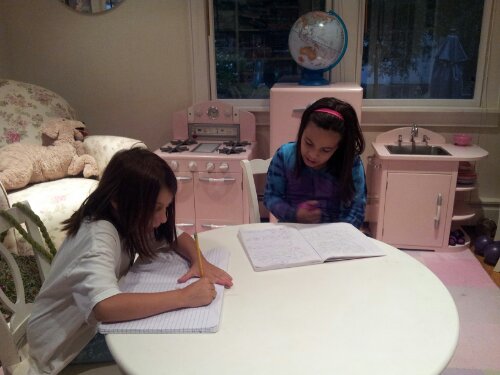
My sister says……
1. Coat
2. Candy
3. Hat
4. Mittens
5. A LOT OF FOOD
6. Notebook
7. Swimming Stuff
8. Leg Warmers
9. Phone
10. Blanket
I would pack:
1. American Flag with Long Pole
2. Lots and Lots of Sweatshirts Jackets ETC
3. Tent
4. Sleeping Bag
5. Hot Cocoa
6. Soup, Soup, Soup and Soup
7. Ice Cream
8. Plastic Containers
9. Water
10. Clothes
We also write a journal page from our pretend trip to the South Pole. It would be exciting to go there but I don’t think it would be the top on my list! Paris would 🙂 –CZ


